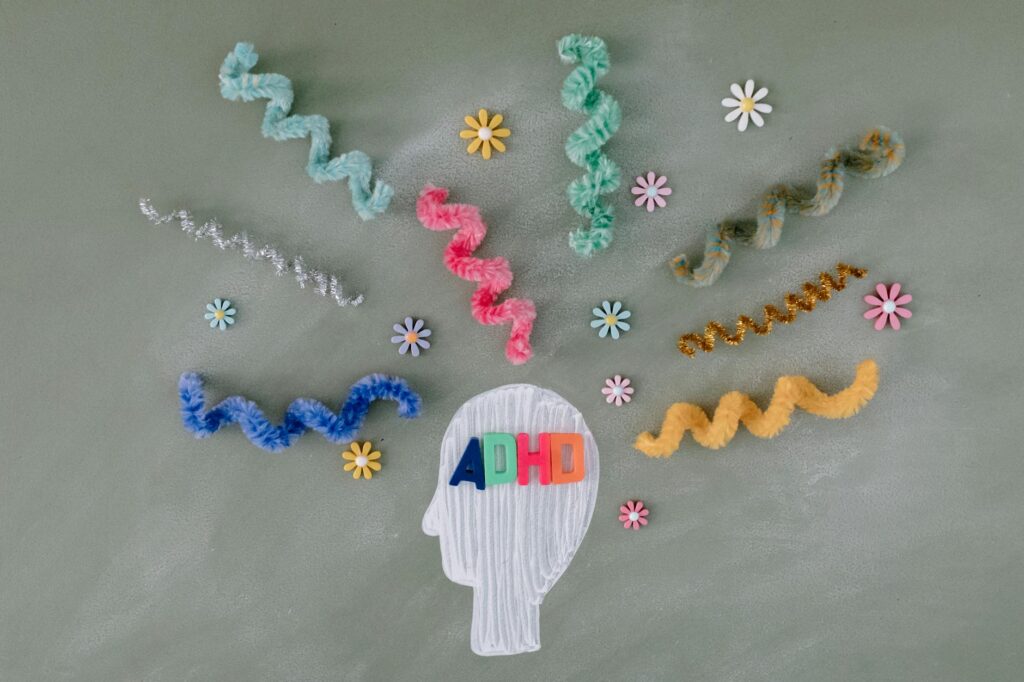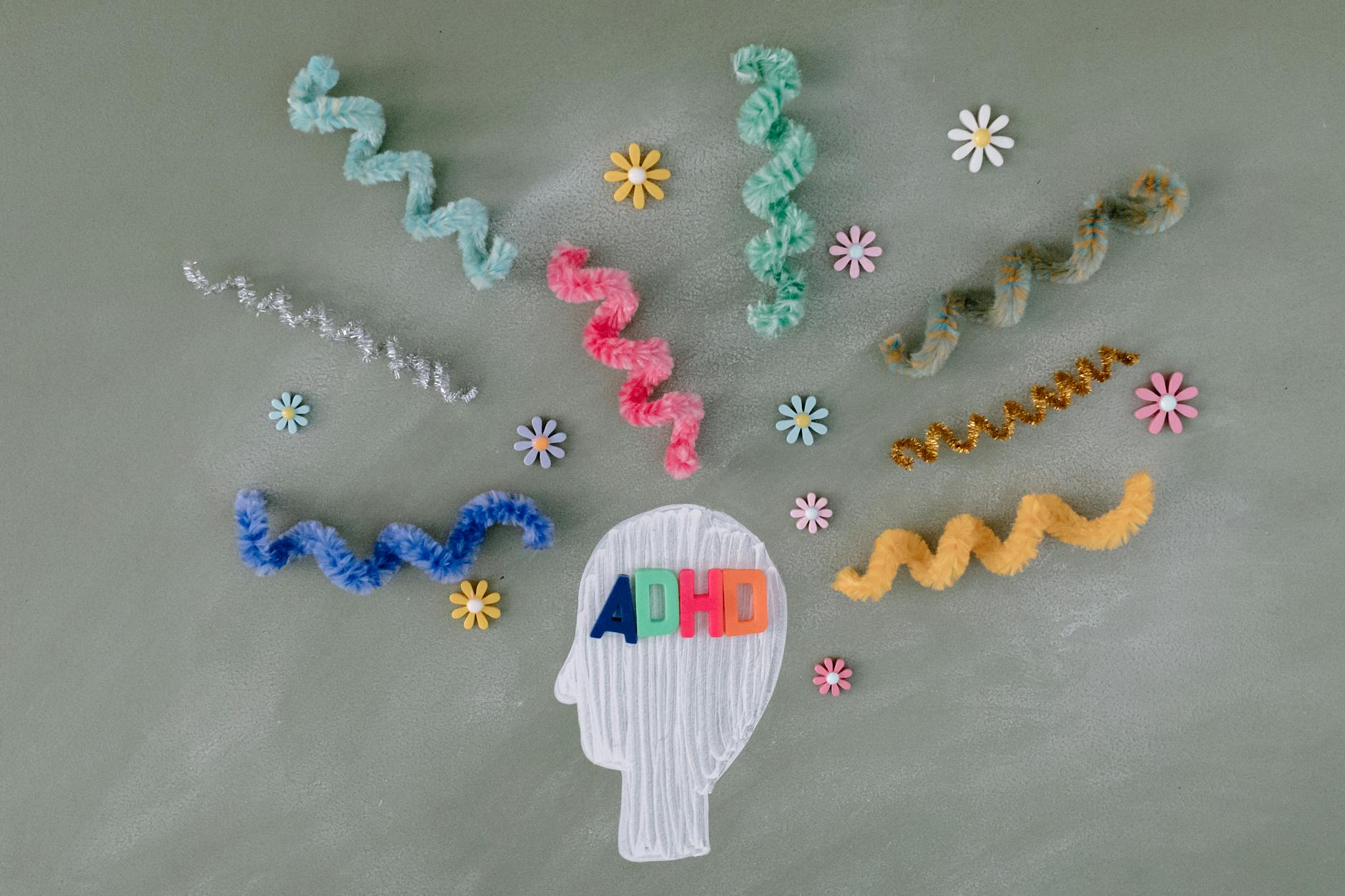What is childhood adhd indicators?

What is childhood adhd indicators?
Childhood ADHD indicators are crucial for understanding how Attention-Deficit/Hyperactivity Disorder (ADHD) manifests in young children. Recognizing these signs can lead to timely interventions, enabling children to thrive academically and socially. This article will explore what ADHD is, its types, common indicators, and the impact it has on children’s daily lives, along with advice on when to seek professional help.
What is ADHD?
ADHD, or Attention-Deficit/Hyperactivity Disorder, is a neurodevelopmental disorder that affects a child’s ability to focus, control behavior, and manage impulsivity. According to the CDC, it is one of the most common childhood disorders, affecting approximately 6.1 million children in the United States. ADHD can persist into adulthood, making early detection essential.
Types of ADHD
ADHD is not a one-size-fits-all condition. It has three primary types:
-
Inattentive Type: Children with this type often struggle with sustaining attention, following through on tasks, and organizing activities. They may appear forgetful and easily distracted.
-
Hyperactive-Impulsive Type: This type is characterized by excessive movement and impulsivity. Children may find it hard to sit still, often fidgeting or running around inappropriately.
-
Combined Type: As the name suggests, this type displays symptoms from both the inattentive and hyperactive-impulsive categories, making it the most common form of ADHD.
Recognizing these types is critical for tailoring effective intervention strategies.
Common Indicators of Childhood ADHD
Identifying childhood ADHD indicators can sometimes feel like piecing together a puzzle. Here are some common signs to watch for:
Inattention Symptoms
Children with ADHD may struggle to maintain focus on tasks, leading to incomplete homework or chores. They often have difficulty following instructions and may seem to forget things easily. For example, you might notice your child frequently misplacing school supplies or daydreaming during conversations.
Hyperactivity Symptoms
Hyperactivity manifests as excessive movement and an inability to stay still. Children may squirm, bounce, or have trouble waiting their turn. During class, they might interrupt lessons by talking out of turn or getting up without permission. This can create challenges not only in academic settings but also in social situations.
Impulsivity Symptoms
Impulsivity is another hallmark of ADHD. Children may interrupt others during conversations, make hasty decisions without considering the consequences, or struggle to wait patiently in line. This rush to act can lead to unwanted outcomes, such as accidents or conflicts with peers.

Photo by Tara Winstead
Impact of ADHD on Daily Life
The indicators of childhood ADHD can significantly affect several aspects of a child’s life.
Academic Challenges
ADHD can hinder academic success. Children may struggle with organization, often losing track of assignments or failing to complete tasks on time. The inability to focus may also lead to careless mistakes on tests. This not only affects their grades but can also lead to frustration and a lack of motivation.
Social Interactions
Socially, children with ADHD may find it challenging to form and maintain friendships. Their impulsivity can lead to misunderstandings or conflicts with peers. For instance, interrupting during group discussions can alienate classmates, making social interactions feel overwhelming.
Emotional Well-Being
The emotional landscape for children with ADHD can be rocky. They may experience low self-esteem due to academic and social challenges. Feelings of frustration and being misunderstood can lead to anxiety or depression. It’s essential to recognize these emotional struggles and provide appropriate support.
When to Seek Professional Help
Understanding when to seek help for possible ADHD can be daunting for parents. Here are some signs that might indicate the need for professional evaluation:
Signs for Concern
If you notice persistent issues with inattention, hyperactivity, or impulsivity that significantly interfere with your child’s daily life, it may be time to consult a professional. Look for patterns that persist across different settings, such as home and school, as these can indicate a more serious concern.
Consultation Options
Consulting the right professionals can make a world of difference. Pediatricians, psychologists, and psychiatrists are typically involved in diagnosing and treating ADHD. They can provide comprehensive evaluations and help develop effective treatment plans tailored to your child’s needs.
Conclusion
Recognizing childhood ADHD indicators is vital for early intervention and support. By understanding what ADHD entails, its types, and the common signs, parents and caregivers can take proactive steps to help their children succeed. A supportive environment, combined with professional guidance, can pave the way for a brighter future. If you suspect your child may display these indicators, don’t hesitate to seek help and start the journey toward effective management of ADHD.